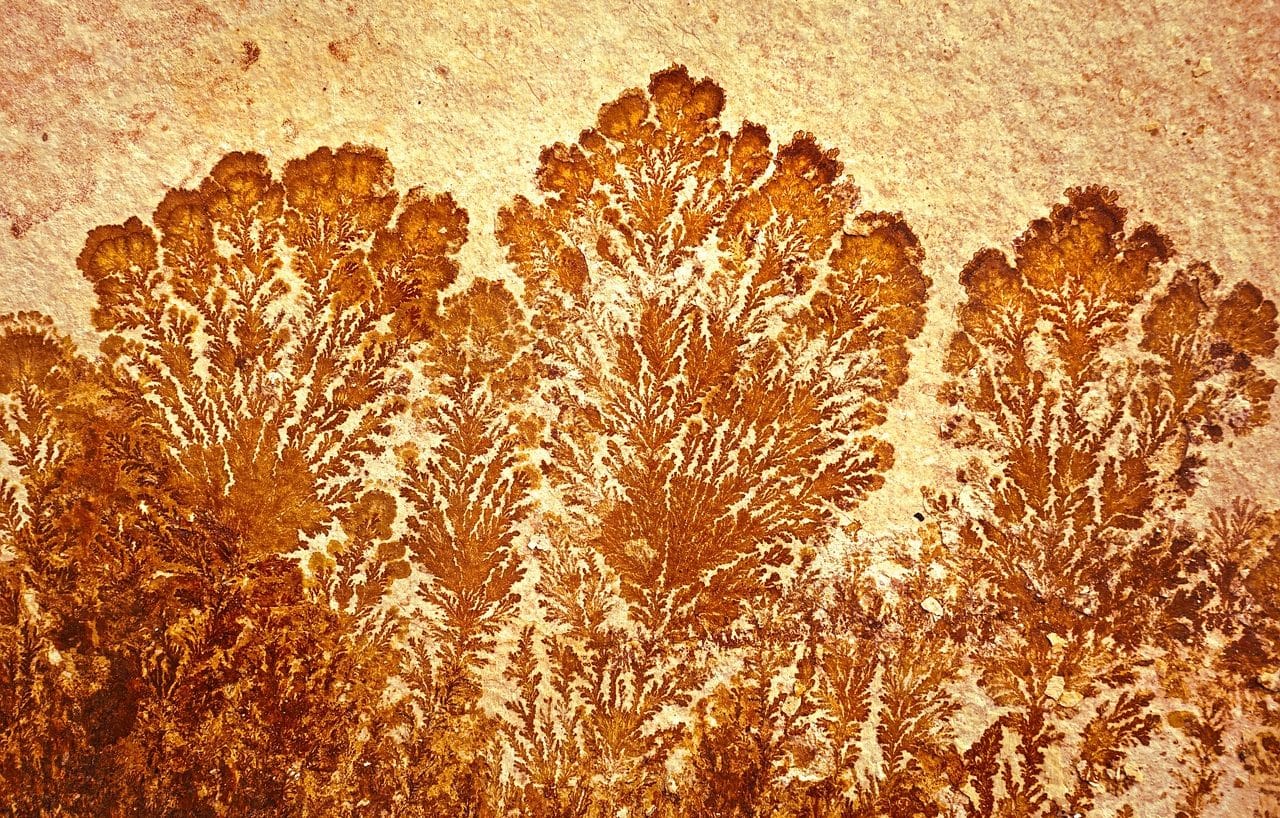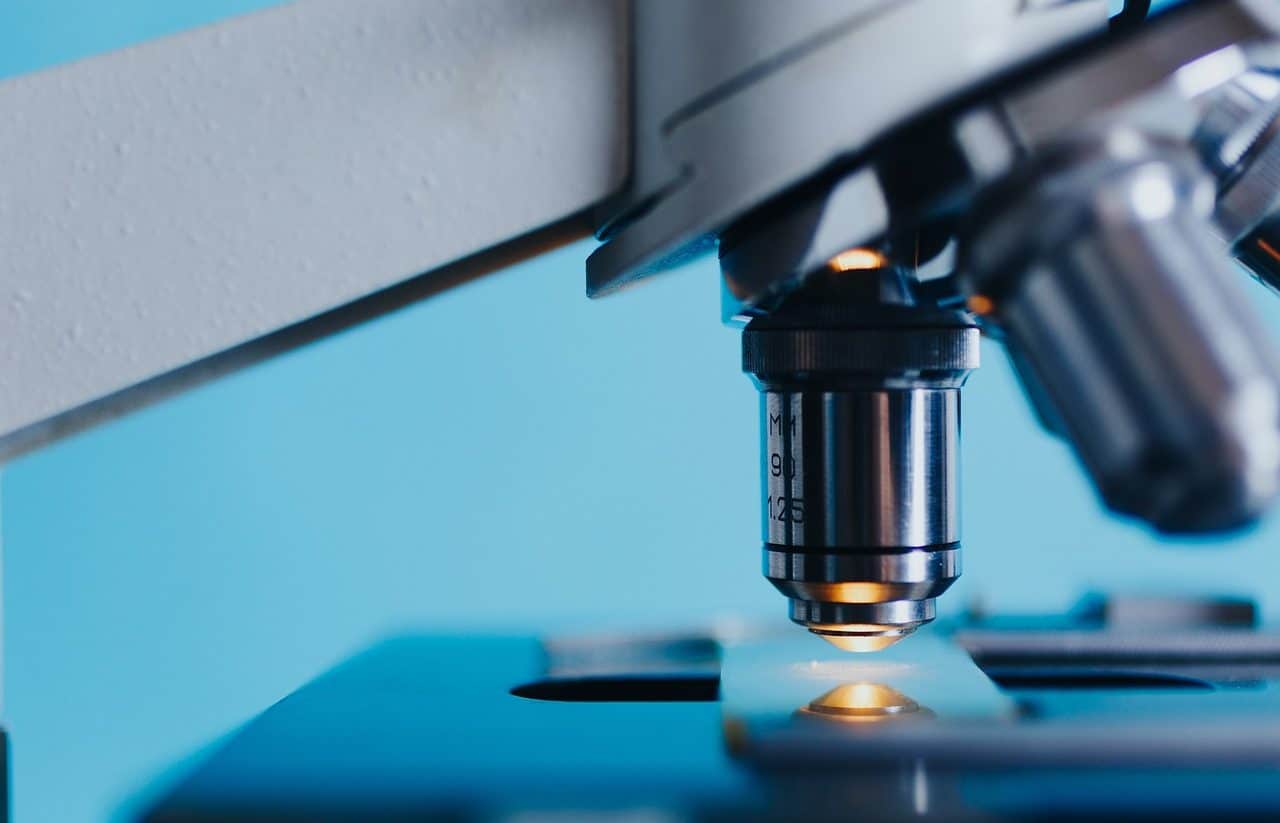
Thanks to crystallography, vaccines can be made and effective drugs can be found against numerous diseases, for example.
Crystallography is the name of a fascinating and very useful science in practice that focuses on the study of the properties and particularities of crystalline substances . Thanks to it, the external geometry , chemical composition and internal structure of the crystals are determined.
In this field of knowledge, answers or solutions are given to a large number of questions of universal scope, since tools are provided to deal with environmental problems, medical pathologies and issues related to food, for example.
Due to the multiple applications it has and the evolution it has had over time, it is interesting to learn about the foundations, history and other data of interest linked to crystallography .
History of crystallography
After giving rise to an idea presented by the International Union of Crystallography , the United Nations General Assembly resolved in 2014 to declare that season as the International Year of Crystallography .
This recognition, which motivated competitions, educational conferences, conferences, informative talks, workshops and courses in different corners of the world, came after a century had passed since the German-born physicist Max von Laue was awarded the Nobel Prize in Physics in retribution for his contributions to X-ray crystallography . This experimental technique is based on X-ray diffraction , a phenomenon that has made it possible to study the crystalline structure (that is, the atomic arrangement) of an immense variety of materials.
When trying to reconstruct the origins of this discipline and the emergence of the concept of crystallography , on the other hand, it is noted that in 1723 the Swiss scientist Moritz Anton Cappeller used the notion in a text of his authorship titled “Prodromus crystallographiae de crystallis improrie sic dictis commentarium” . The German mathematician and astronomer Johannes Kepler is also noted as a precursor of this science , who analyzed the symmetry that characterizes snowflakes.
The figure of Nicolás Steno , a Dane who added relevant information about crystals , cannot be ignored either. The Frenchman Jean-Baptiste Romé de l'Isle (author of publications such as “Essal de Cristallographie” and several volumes of “Cristallographie” ) and Robert Hooke , as well as the British Dorothy Crowfoot Hodgkin and William Henry and William Lawrence Bragg were other of the figures that left indelible marks in the field of crystallography .
Crystallographers such as Linus Pauling , Jacques Mering , and Rosalind Franklin also demonstrated their talent in their chosen scientific specialization.
To this day, crystallography poses challenges, continues to expand and, although it still has limitations, it is still a field in continuous growth that is enriched and stimulated by the work that younger people do by participating, for example, in competitions. crystal growth ( crystallogenesis ) intended for students attending secondary level schools.

Dendrites, structures with repetitive formats typical of the crystal growth process, are studied by experts in paleontology, metallurgy and mineralogy.
Applications
Crystallography is a great ally of biology ( specifically , chemistry , geology and physics , among other sciences.
In practice it is useful in the creation of novel materials, as well as for certain actions linked to mineralogy , materials engineering (to identify phases, for example) and pharmacology .
Those who are dedicated to crystallography have the ability, to indicate a possibility, to determine how a certain work of art was painted. This discipline comes into play, on the other hand, in nanotechnology and the design of innovative drugs .

Among the important techniques and tools within crystallography is the resource of neutron diffraction.
Crystallography techniques and methods
By collecting data on the methods, techniques and scope of crystallography, it is possible to distinguish alternatives and categories such as electron crystallography , neutron crystallography and X-ray crystallography . There is a variety, including powder X-ray crystallography .
Between 1960 and 1970, approximately, progress was made in molecular biology, recognizing protein crystallography . Hand in hand with computer equipment, crystallographic processes also evolved. At that time, Aaron Klug , a Lithuanian -born biochemist who won a Nobel Prize in Chemistry , used a combination of electron microscopy and X-ray diffraction diagram techniques with the intention of understanding the protein complexes of nucleic acid.
Decades earlier, meanwhile, Arthur Lindo Patterson created the Patterson matrix method , a great resource for establishing what and how the crystalline structure of a given molecule is. When working with crystalline structures, another option is available: the Rietveld refinement method , suitable for the identification and quantification of the crystallographic phases that exist in a certain sample.
As complementary tools, atomic force microscopy and spectroscopy can also be taken into consideration.
